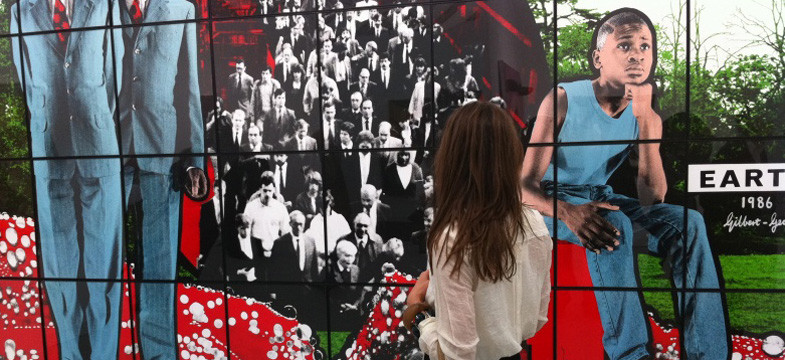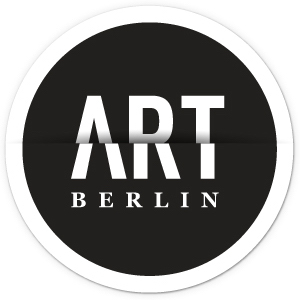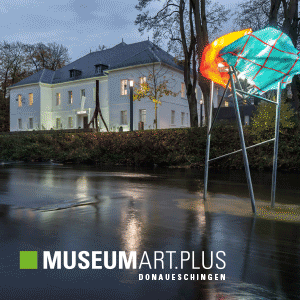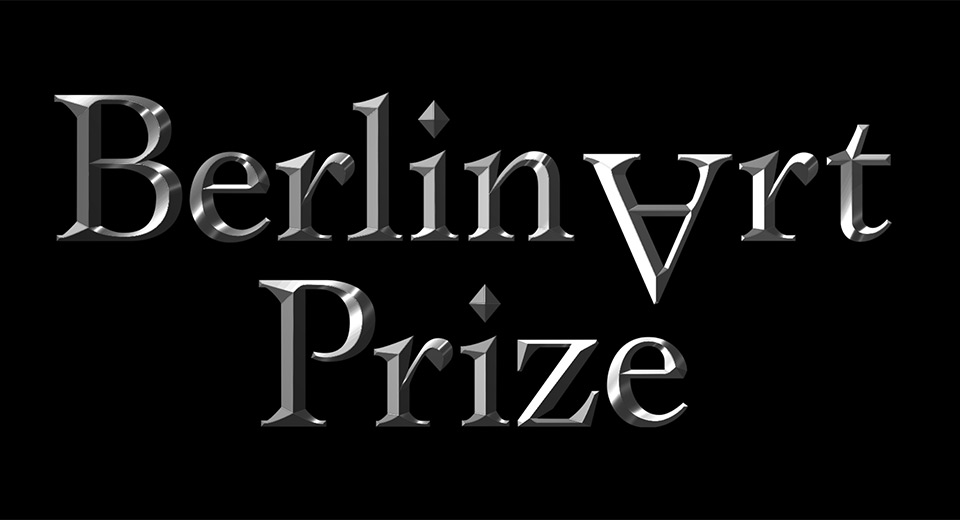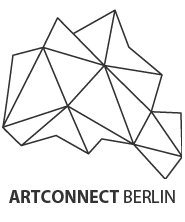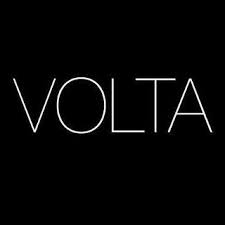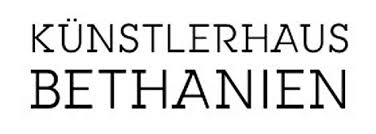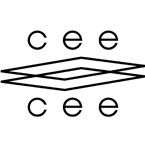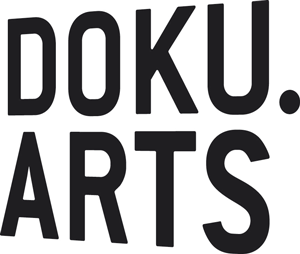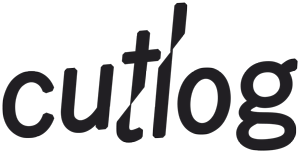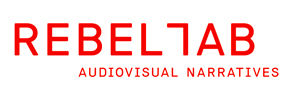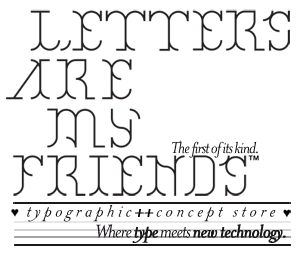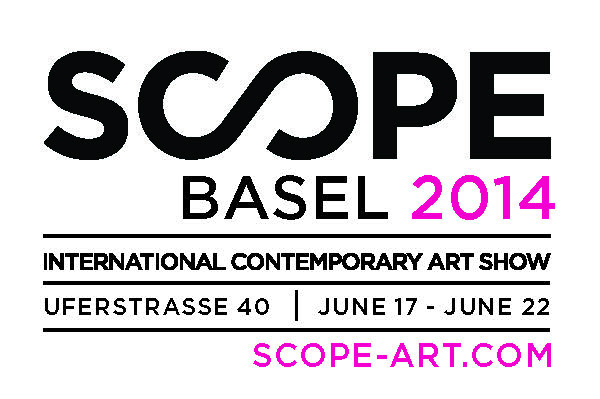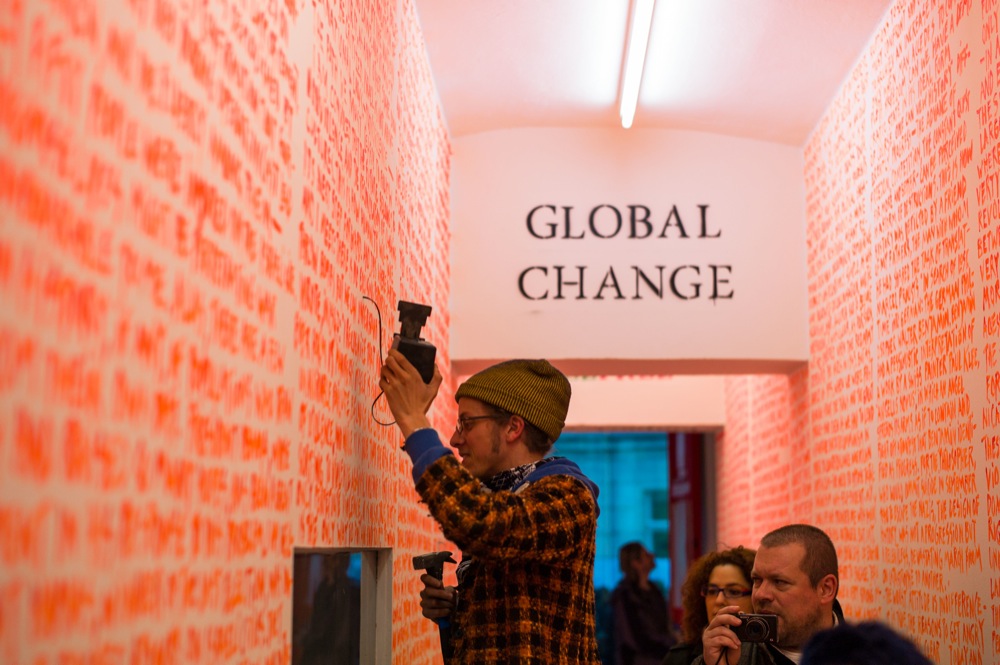
WHAT DOES THE DIGITAL FUTURE OF THE ART MARKET LOOK LIKE?
The art market is facing a major change right now. Almost every month a new online start up pops up – launching an art sales platform. The attitude behind it: “Art is for everyone – and every budget”. The new digital art entrepreneurs dare to break with the classical hierarchies in the art market and an old belief: art needs to be touched, felt and seen before you buy it.
Well, apparently not anymore. Now you can get your Gerhard Richter (edition) for 2.000 $ – without sneaking your name on the gallery’s VIP buyers list. You can treat yourself with a Tony Gragg – standing in line at the supermarket playing with your phone. To make art more accessible is the idea behind big art players like Gagosian who invested in ART.SY, one of the very well executed art sales platforms. It works a bit like amazon, suggesting to you pieces similar to the ones you were browsing through before. “Art intelligence” inside.
ARTSPACE is another one. Visually beautifully executed, it offers art from different genres in partnership with major galleries and museums.
FUTURE FIRST MOVERS AND SHAKERS IN THE DIGITAL ART MARKET
ART.SY and ARTSPACE are two of the “Future First” movers in the new digital art market. But it was Charles Saatchi himself who started the whole thing in 2006 with his SAATCHI ONLINE that today represents more than 60.000 artists. With this incredible portfolio Saatchi faces the challenge to build trust for quality and provide orientation.
In the field of online auction the very “Future First” player on the market was ARTNET. The platform features 24/7 online auctions of modern and contemporary fine art, prints and photographs by important artists. It guarantees a faster transaction process than the big auction houses. In numbers: four weeks instead of five months.
Bringing auction house art und online sales together, the new Berlin start up ARTUSIAST calls its philosophy “curated collecting in the 21st century” and teams up with auction houses to sell. ARTUSIAST offers rich editorial content on artists, artworks and inspiration in exclusive interviews with collectors. Among the founders is Christian Boros who is well known for his unique private art collection in a former bunker in Berlin.
On the collector’s site, INDEPENDENT COLLECTORS was founded years ago to create an online community for art collectors who can display their collections and exchange experiences and questions about the tricky field of buying art. LARRYS LIST takes this idea a step further by listing en detail major art collectors and their collections worldwide.
What we witness here is not only a broader access towards art but also a brand new transparency in prices and interests. But is the online art business really working? Time to have a closer look and a word with some members of Berlin’s art scene.
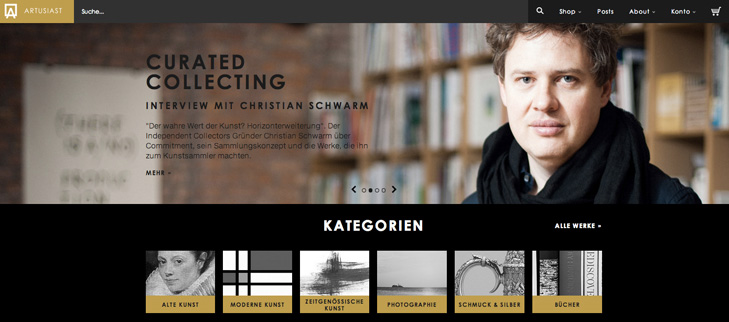
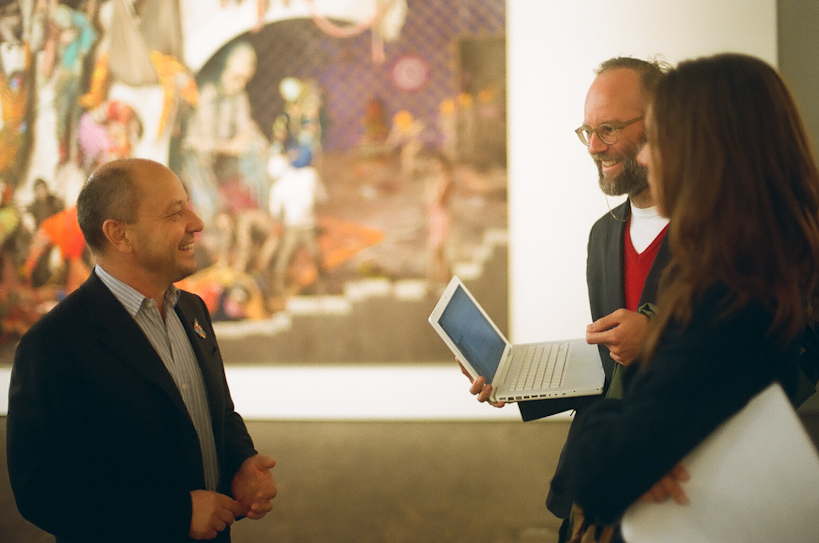
BREAKFAST WITH THE DIGITAL ART SCENE IN BERLIN
I attended an art breakfast organized by the lovely Euphemia von Kaler zu Lanzenheim, a co-founder of CURART – an online gallery for emerging artists. Together with Karoline Pfeiffer from Independent Collectors she invited the “old” and the “new” art market members to discuss their experiences with selling and communication art on digital screens. Around the table: gallery and auction house owners, art blogs, design and art sale platforms and the director of an art fair.
I was pleasantly surprised as after the first usual cautious scanning of the others, the discussion turned into a honest and open exchange of experiences with the challenges of selling art online. Considering the fact that there is so much potential for the art market if you look at the highly rising interest for art on this planet, the step to actually buy art still seems to be rather a big gap then an easy jump. Although there is more transparency in who to buy for how much money and more information and inspiration, the art sales platform owners shared their difficulties to turn interest into purchase. But so did the classical gallery owners. The investment of bonding with collectors, supporting them personally in their choice of a piece stays high and essential. Another point: those who rather rarely buy art and don’t` title themselves collectors, seem to choose their oeuvres by personal connection with the artist or recommendations by friends. No art platform needed.
The business looks a bit different in the design world. The founders of FINE EDITIONS are happy with selling their rare design pieces online. The big difference to selling art seems to be the fact that their clients often know exactly what they are looking for. The USP of the platform is to scan the world for limited design objects and also to sell pieces in collaboration with smaller design stores that don’t want to handle the logistics of oversea shipping by themselves.
To sum it up, the question right now is how to finetune the business. Does it need more content to inspire? Better SEO to rank higher on Google’s search results? More trust? More time? A combination of an online art shop plus offline gallery space? Attractive collaborations with high traffic, high quality webpages? All of them?
We will keep you updated.
This post is brought to you by the Vodafone Firsts program. The company supports your Future First idea in your field, may it be art, design, fashion or technologie. Pitch Your #First today.

